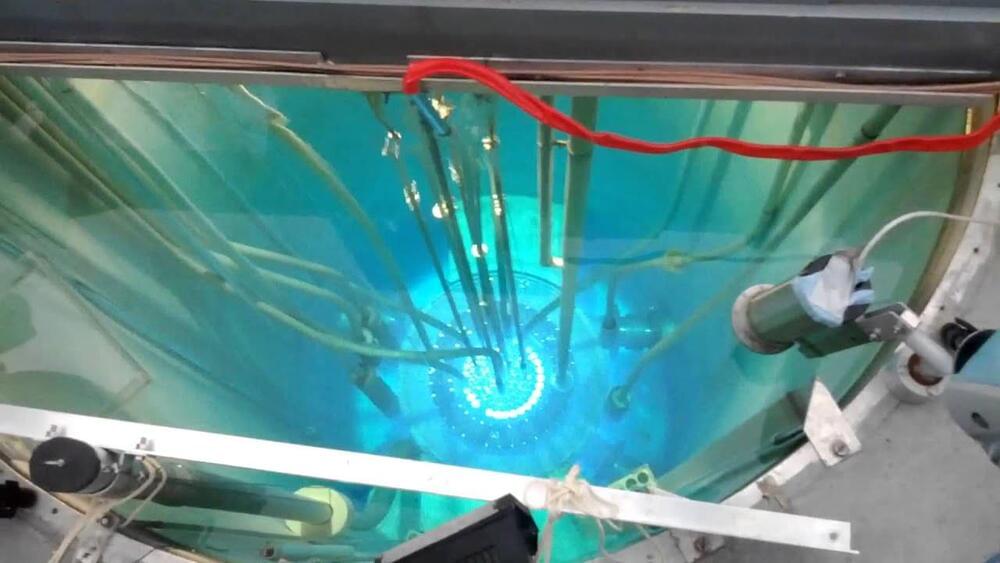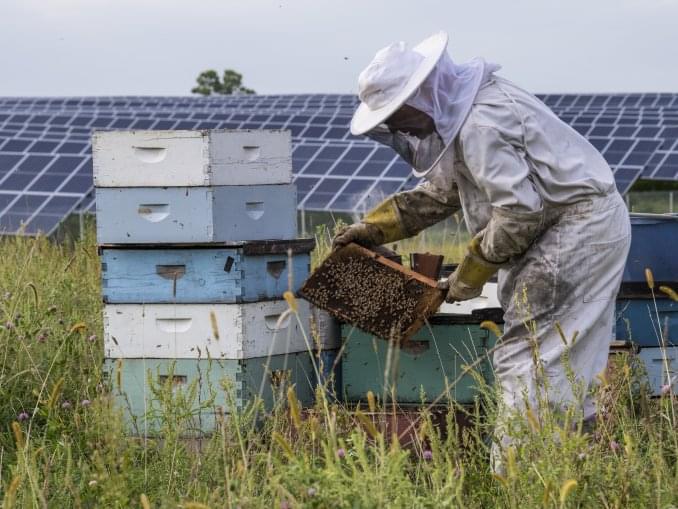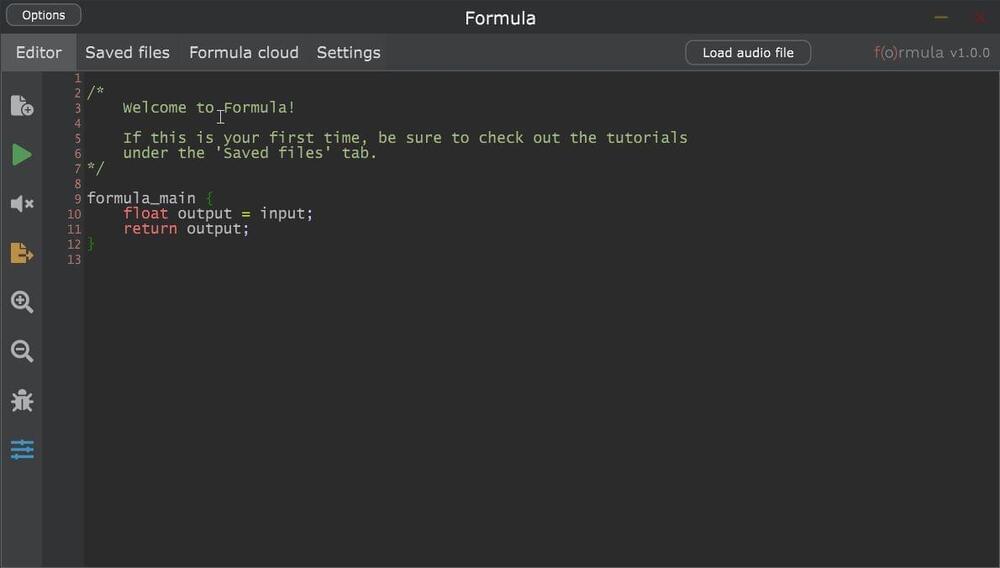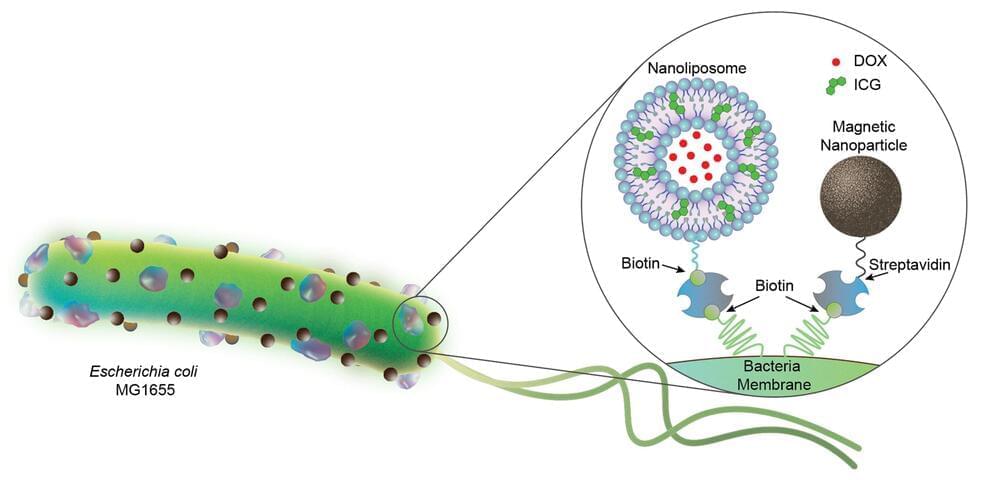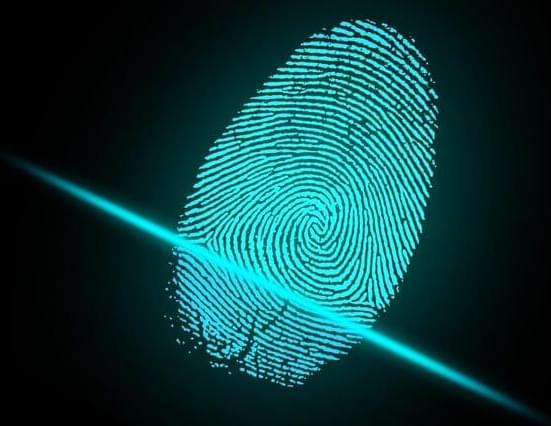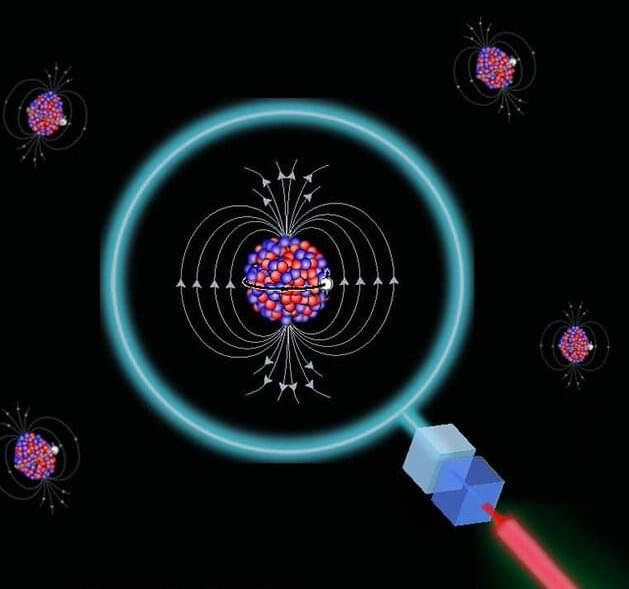Page 3787
Jul 16, 2022
Serverless computing vs platform-as-a-service: Which is right for your business?
Posted by Shubham Ghosh Roy in categories: business, computing
Understanding the difference between serverless computing and PaaS is the first step in deciding which is best for your organization.
Jul 16, 2022
Triga, Pulse operation, Nuclear reactor 240 MW, 7.12.2012
Posted by Shubham Ghosh Roy in category: nuclear energy
If you are an agricultural land owner and are considering your options to go solar, here are some resources to help you decide what’s best for you.
Jul 15, 2022
Soundspear Formula Is A FREE Effects Development Environment
Posted by Jose Ruben Rodriguez Fuentes in category: futurism
Soundspear offers Formula, a FREE and open-source effects development environment. Formula works as a plugin inside your DAW or as a standalone application. It utilizes the C programming language to create effects. The Formula effects editor has a few use cases that might interest different users. First, as the developer states, it offers a simple way to test and debug audio effects, which might interest anyone who already creates custom effects.
Jul 15, 2022
Bacteria-based biohybrid microrobots on a mission to one day battle cancer
Posted by Saúl Morales Rodriguéz in categories: biotech/medical, chemistry, nanotechnology, robotics/AI
A team of scientists in the Physical Intelligence Department at the Max Planck Institute for Intelligent Systems have combined robotics with biology by equipping E. coli bacteria with artificial components to construct biohybrid microrobots. First, as can be seen in Figure 1, the team attached several nanoliposomes to each bacterium. On their outer circle, these spherical-shaped carriers enclose a material (ICG, green particles) that melts when illuminated by near infrared light. Further towards the middle, inside the aqueous core, the liposomes encapsulate water soluble chemotherapeutic drug molecules (DOX).
The second component the researchers attached to the bacterium is magnetic nanoparticles. When exposed to a magnetic field, the iron oxide particles serve as an on-top booster to this already highly motile microorganism. In this way, it is easier to control the swimming of bacteria —an improved design toward an in vivo application. Meanwhile, the rope binding the liposomes and magnetic particles to the bacterium is a very stable and hard to break streptavidin and biotin complex, which was developed a few years prior and reported in a Nature article, and comes in useful when constructing biohybrid microrobots.
E. coli bacteria are fast and versatile swimmers that can navigate through material ranging from liquids to highly viscous tissues. But that is not all, they also have highly advanced sensing capabilities. Bacteria are drawn to chemical gradients such as low oxygen levels or high acidity—both prevalent near tumor tissue. Treating cancer by injecting bacteria in proximity is known as bacteria mediated tumor therapy. The microorganisms flow to where the tumor is located, grow there and in this way activate the immune system of patients. Bacteria mediated tumor therapy has been a therapeutic approach for more than a century.
Jul 15, 2022
Examining rocking shadows in protoplanetary disks
Posted by Saúl Morales Rodriguéz in categories: materials, space
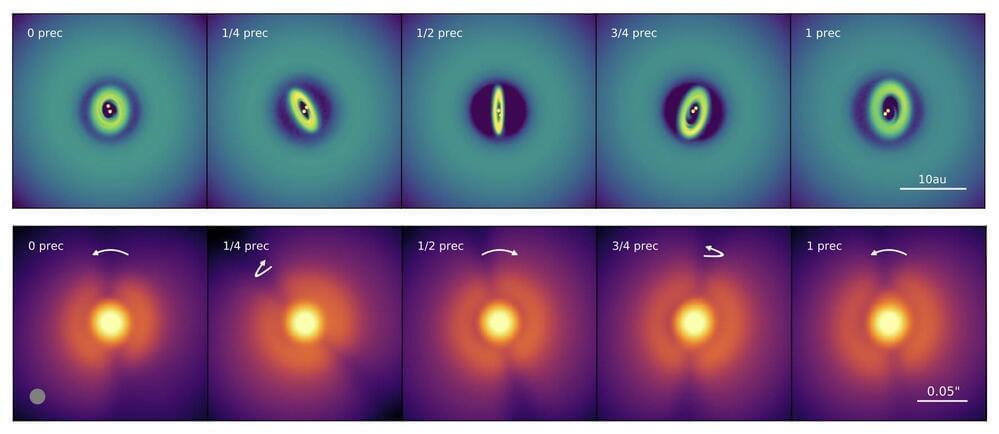
Astronomers from the University of Warwick reveal a new phenomenon dubbed the “rocking shadow” effect that describes how disks in forming planetary systems are oriented, and how they move around their host star. The effect also gives clues as to how they might evolve with time. Dr. Rebecca Nealon presented the new work this week at the 2022 National Astronomy Meeting at the University of Warwick.
Stars are born when a large cloud of gas and dust collapses in on itself. The leftover material that doesn’t make it into the star ends up circling around it, not unlike how water swirls around the drain before falling in. This swirling mass of gas and dust is called a protoplanetary disk, and it’s where planets like the Earth are born.
Continue reading “Examining rocking shadows in protoplanetary disks” »
Jul 15, 2022
Security vulnerabilities revealed in fingerprint sensors and crypto wallets
Posted by Saúl Morales Rodriguéz in categories: cybercrime/malcode, innovation
Security experts from paluno, the Ruhr Institute for Software Technology at the University of Duisburg-Essen (UDE) have developed a new technique that, for the first time, enables fuzz testing of protected memory areas in modern processors. Their method revealed many vulnerabilities in security-critical software.
Intel’s “Software Guard Extension” (SGX) is a widely used technology to protect sensitive data from misuse. It helps developers in shielding a certain memory area from the rest of a computer. A password manager, for example, can be executed safely in such an enclave, even if the rest of the system is corrupted by malware.
However, it is not uncommon for errors to creep in during the programming of the enclaves. Already in 2020, the paluno team from Prof. Dr. Lucas Davi discovered and published several vulnerabilities in SGX enclaves. Now, together with partners form the CASA cluster of excellence, the researchers have achieved another breakthrough in the analysis techniques: Their latest development enables the fuzz testing of enclaves, which is much more effective than the previously used symbolic execution. The idea behind fuzz testing is to feed a large number of inputs into a program in order to gain insights into the structure of the code.
Jul 15, 2022
Researchers reveal an unexpected feature of atomic nuclei when a ‘magic’ number of neutrons is reached
Posted by Saúl Morales Rodriguéz in category: particle physics
A curious thing happened when MIT researchers Adam Vernon and Ronald Garcia Ruiz, along an international team of scientists, recently performed an experiment in which a sensitive laser spectroscopy technique was used to measure how the nuclear electromagnetic properties of indium isotopes evolve when an extreme number of neutrons are added to the nucleus. These nuclei do not exist in nature, and once created, their lifetimes can be as short as a fraction of a second, so the team artificially created the nuclei using a particle accelerator at the CERN research facility in Switzerland. By using a combination of multiple lasers and an ion trap, the team isolated the isotopes of interest and performed precision measurements of atoms containing these exotic nuclei. In turn, it allowed the extraction of their nuclear properties.
Vernon, a postdoc in the Laboratory for Nuclear Science (LNS); Garcia Ruiz, an assistant professor of physics and LNS affiliate; and their colleagues achieved a surprising result. When measuring a nucleus with a certain “magic” number of neutrons—82—the magnetic field of the nucleus exhibited a drastic change, and the properties of these very complex nuclei appear to be governed by just one of the protons of the nucleus.
“The new observation at 82 total neutrons changes this picture of the nucleus. We had to come up with new nuclear theories to explain the result,” says Vernon.
Jul 15, 2022
Complex motions for simple actuators
Posted by Saúl Morales Rodriguéz in category: robotics/AI
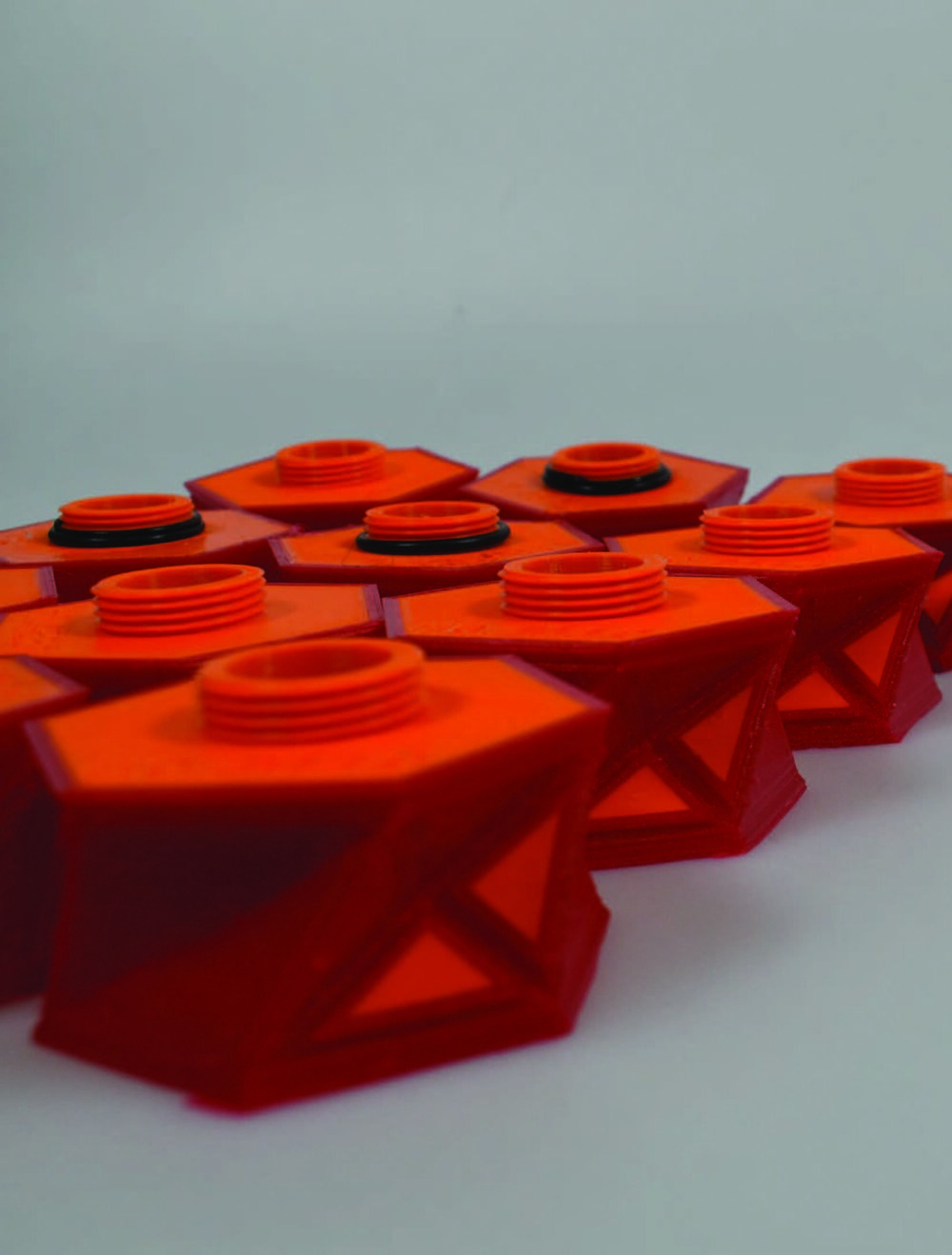
Inflatable soft actuators that can change shape with a simple increase in pressure can be powerful, lightweight, and flexible components for soft robotic systems. But there’s a problem: These actuators always deform in the same way upon pressurization.
To enhance the functionality of soft robots, it is important to enable additional and more complex modes of deformation in soft actuators.


